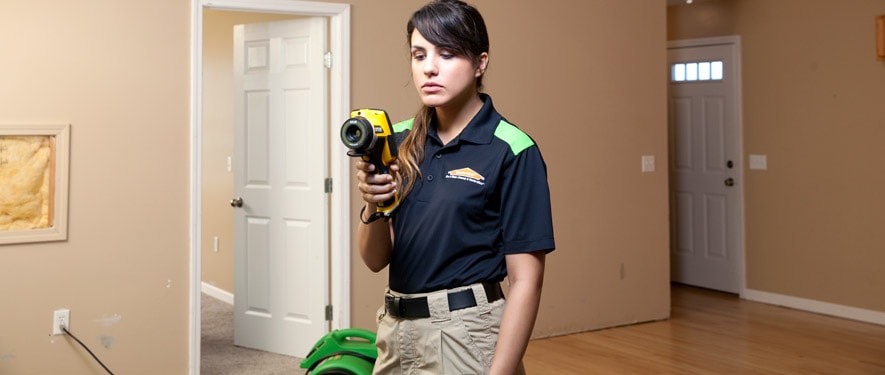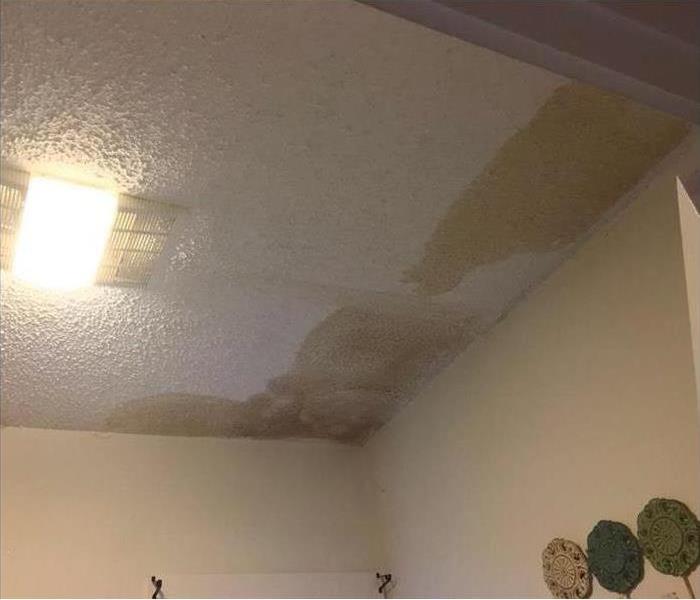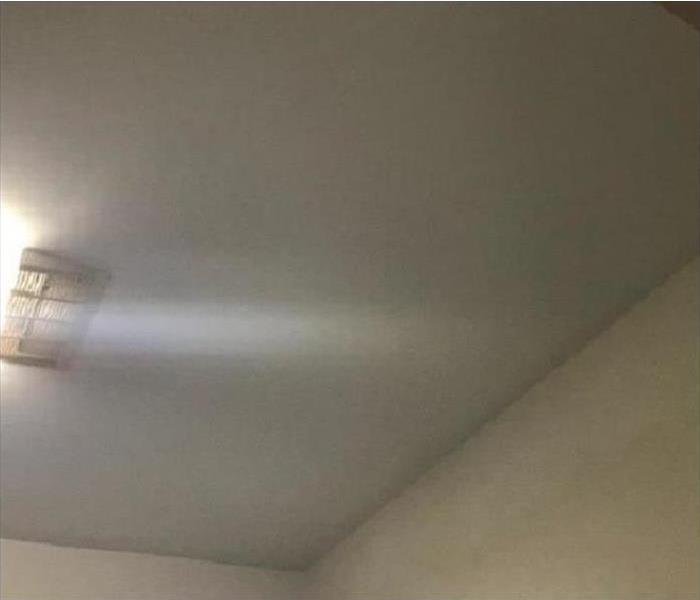
Step 2: Inspection and Water Damage Assessment
Our Water Damage Restoration Process
Scoping the Work Necessary to Help Clearwater Properties
Among the most necessary initial steps for recovery and prompt restoration for water damaged Clearwater homes and businesses is thorough job scoping. This has been a process our SERVPRO team has worked to streamline over our decades of service but remains the only effective method of cataloging the full measure of damage to the structure, contents, and environment. The data collected through inspections and scoping create a custom restoration plan that goes far beyond tracking the placement and movement of moisture after water damage events.
What Does the Inspection Look For in Water Damaged Homes?
The inspection itself gets conducted by competent crew members, usually a production manager or crew chief, and the property owner. Many objectives require this inspection and evaluation to be thorough and complete, including the determination of present water damage and the expected migration of these moisture concerns. The information obtained in a damage assessment becomes the baseline to compare and track the successes and pace of drying, cleaning, and extraction techniques. Beyond this, the inspection also helps to identify:
- Contents that could be at risk for water damage as moisture migrates
- The path of water migration with surface moisture meters
- Environmental moisture content and target humidity with hygrometers
- Where intricate tools or special approaches are needed for water restoration
- What experienced SERVPRO team members are required to achieve restoration goals
- Rooms where any controlled demolition might be necessary
Identify and Stop the Water Source
We will check for the source of moisture in your home or business. The source must be stopped before any restoration or drying of the building can be successful.
- Stop the Source
- Check for Contaminated Water
Identify the Type of Water
We will identify the category and classification of water damage to ensure our professionals restore your property based on industry guidelines. The level of contamination of the water will affect the specific restoration processes we use.
- Category 1: "Clean Water"
- Category 2: "Gray Water"
- Category 3: "Black Water"
Survey the Extent of the Water Damage and Inspect the Premises
We inspect and test to determine the extent of damage and how far the moisture has traveled to ensure proper and complete restoration. In addition, we will inspect for safety concerns that may be evident. If there are any safety issues like lead or asbestos, please bring them to our attention.
- Survey Damage
- Complete Safety Inspection
Move or Block Furniture
We move furniture and property contents and block items to help prevent rust or furniture stains on wet carpet.
- Block Furniture




 24/7 Emergency Service
24/7 Emergency Service




